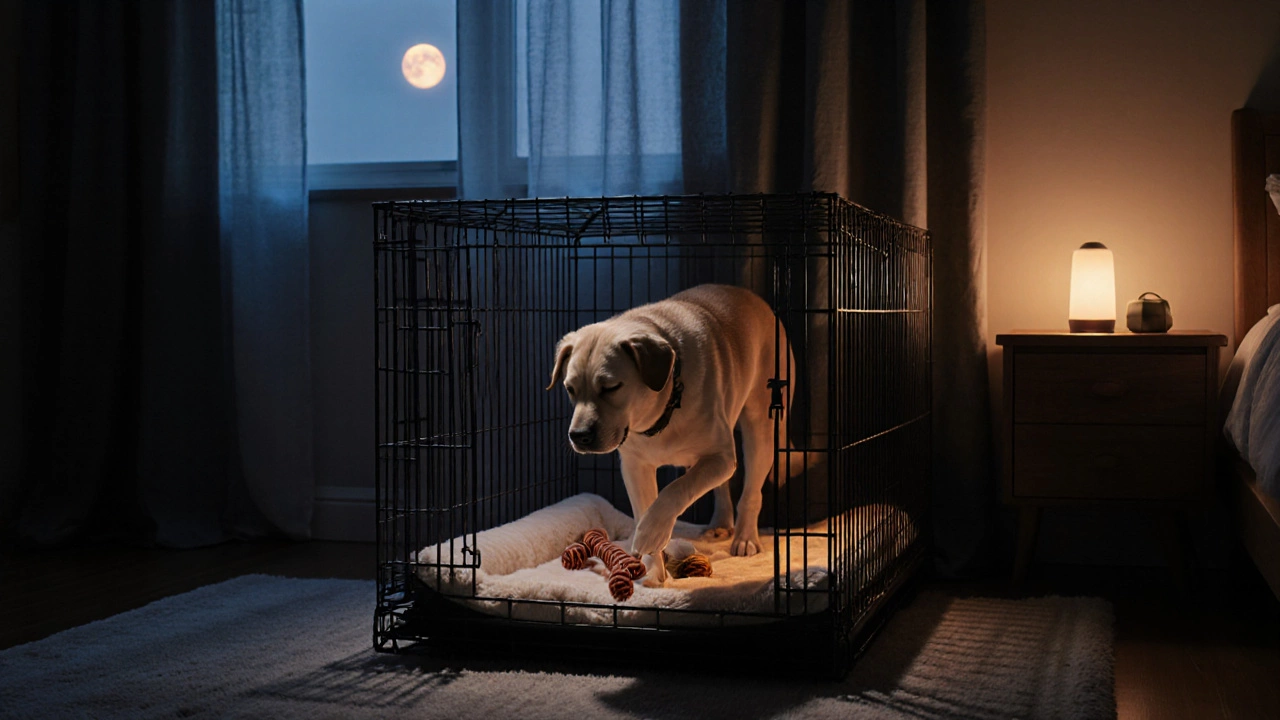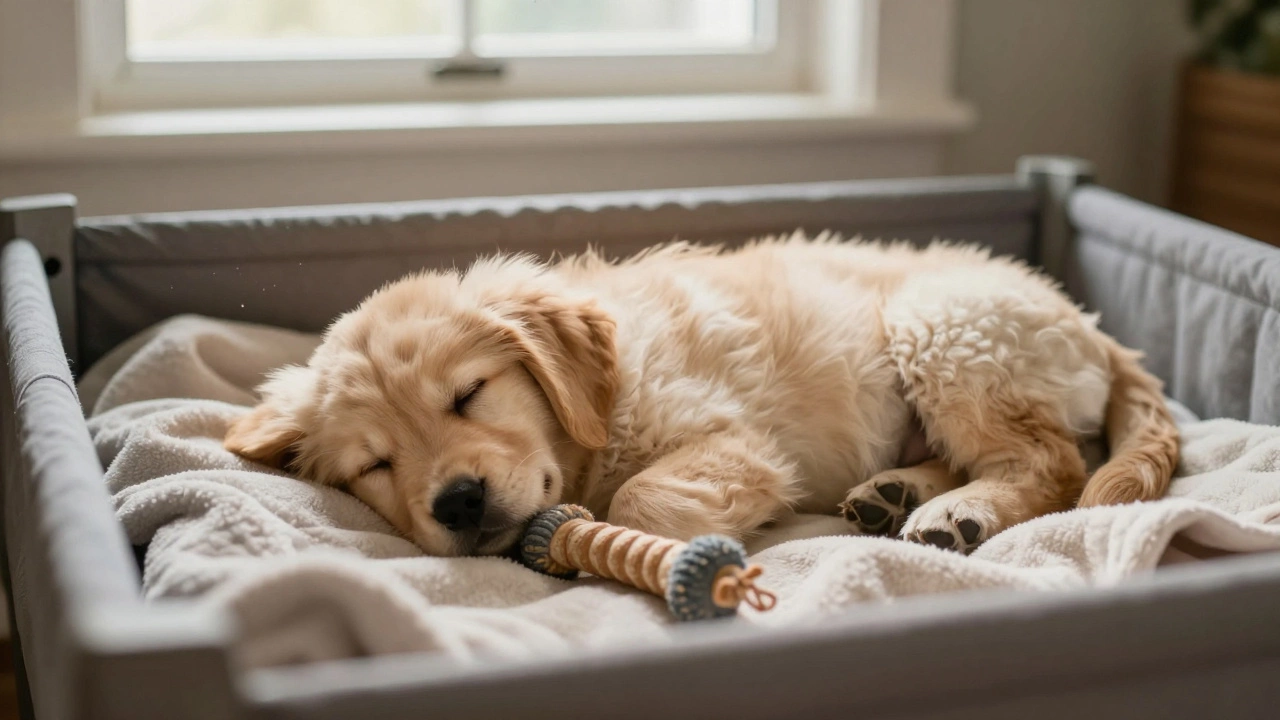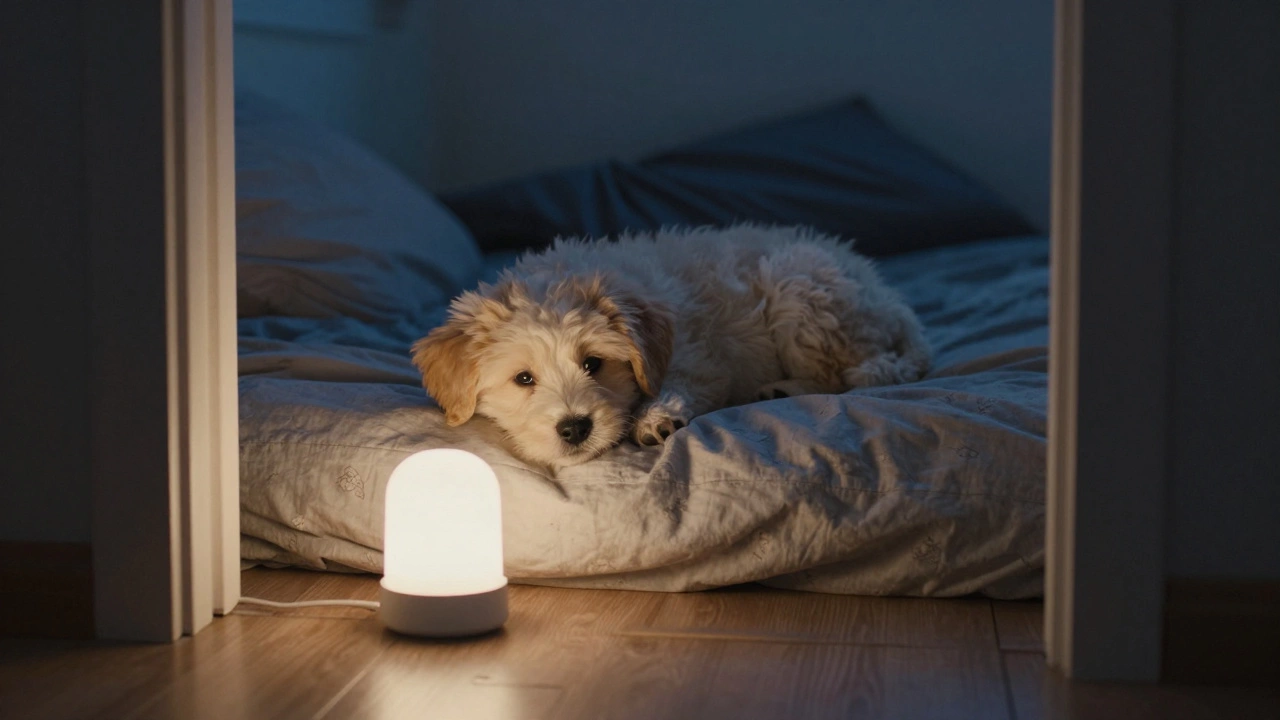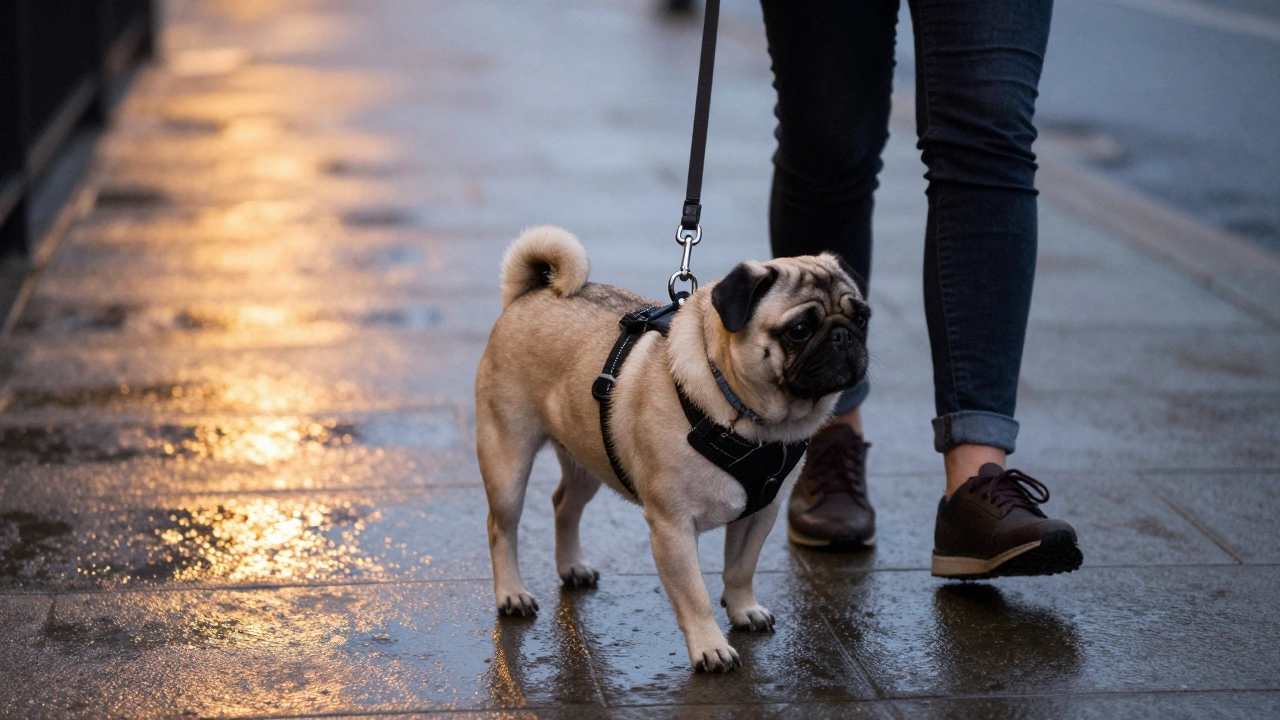Nighttime Crate: Comfort, Training and Better Sleep for Your Dog
When working with nighttime crate, a safe, enclosed space used by dog owners to let their pets rest through the night. Also known as overnight crate, it helps manage nighttime anxiety, encourages proper sleeping habits, and sets the stage for consistent crate training. A well‑chosen nighttime crate creates a den‑like environment that mirrors a dog’s natural instincts, making it easier for them to settle down after a busy day.
Why a Nighttime Crate Matters for Crate Training and Anxiety
Effective crate training, the process of teaching a dog to view a crate as a secure spot rather than a punishment starts with nighttime use. When a dog learns that the crate signals calm and safety at night, it carries that association into daytime sessions. This link reduces dog anxiety, the stress reaction many pets feel when left alone or confined because the crate becomes a predictable refuge. Studies from local shelters show that pups who sleep in a properly sized crate are 30% less likely to develop separation‑related stress. So, the nighttime crate not only solves a practical problem—where does the dog sleep?—but also serves as a cornerstone of a broader training strategy.
Choosing the right crate size is another piece of the puzzle. A crate that’s too big lets a dog wander and eliminates the den feeling; one that’s too small restricts movement and can cause discomfort. The ideal dimensions allow the dog to stand, turn around, and lie down comfortably. This balance influences sleep quality, which in turn affects overall health, from joint health to immune function. When the crate fits just right, you’ll notice calmer bedtime behavior, fewer nighttime barks, and a smoother transition to morning routines. In short, proper crate size enables better rest, which supports both training outcomes and emotional wellbeing.
Beyond size, the nighttime crate’s interior setup matters. Soft bedding, a familiar blanket, and a low‑level chew toy add comfort without encouraging overstimulation. Adding a dim night‑light can help dogs with vision issues and reduce fear of darkness. Keep the crate in a quiet part of the house, away from loud appliances, yet close enough for you to hear any signs of distress. These tweaks turn the crate into a cozy nook that encourages a natural sleep cycle. When you combine the right environment with consistent bedtime cues—like a brief walk, a calm voice, and a treat—you create a ritual that tells your dog, “It’s time to relax.” That ritual is the hidden engine behind many successful crate‑training stories you’ll find in the posts below.
All these elements—definition, training purpose, anxiety reduction, size, and comfort—are linked by one goal: a peaceful night for both pet and owner. Below you’ll discover practical advice on choosing the perfect crate, step‑by‑step nighttime routines, and real‑world experiences from South Tyneside pet owners who have mastered the art of the nighttime crate. Dive in and start turning those restless evenings into calm, confident sleep sessions for your furry friend.
Dog Crate at Night: Pros, Cons, and Safe Setup Guide
Discover the pros and cons of using a dog crate at night, learn how to set it up safely, and find alternatives for a peaceful sleep for you and your pup.






